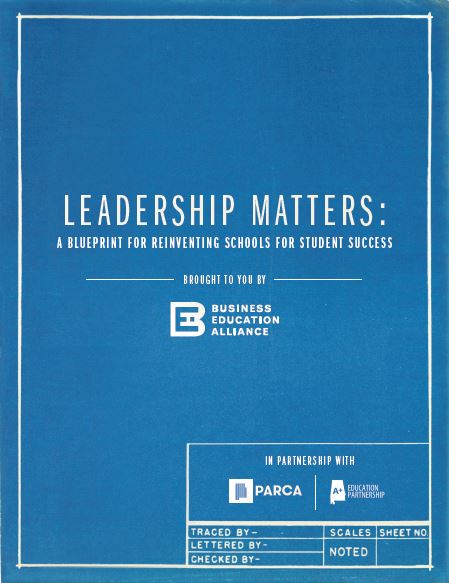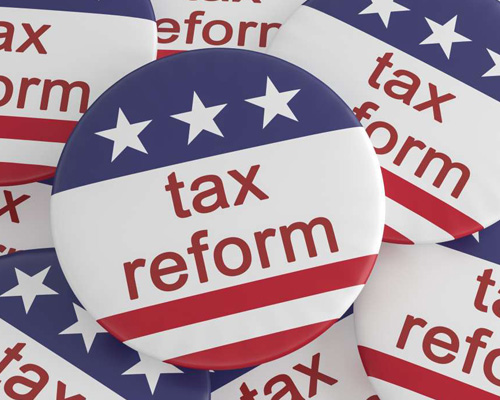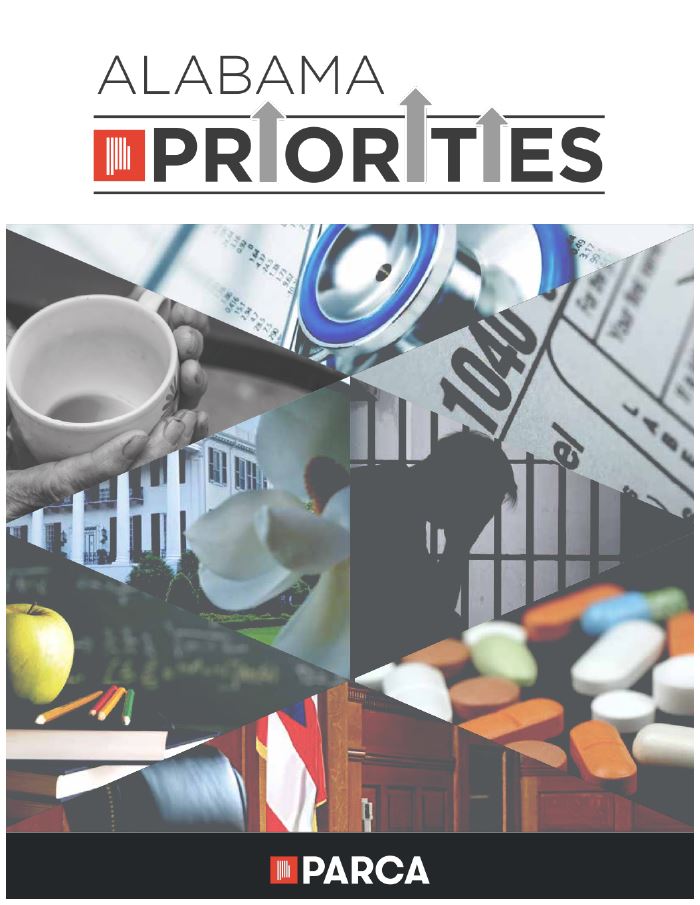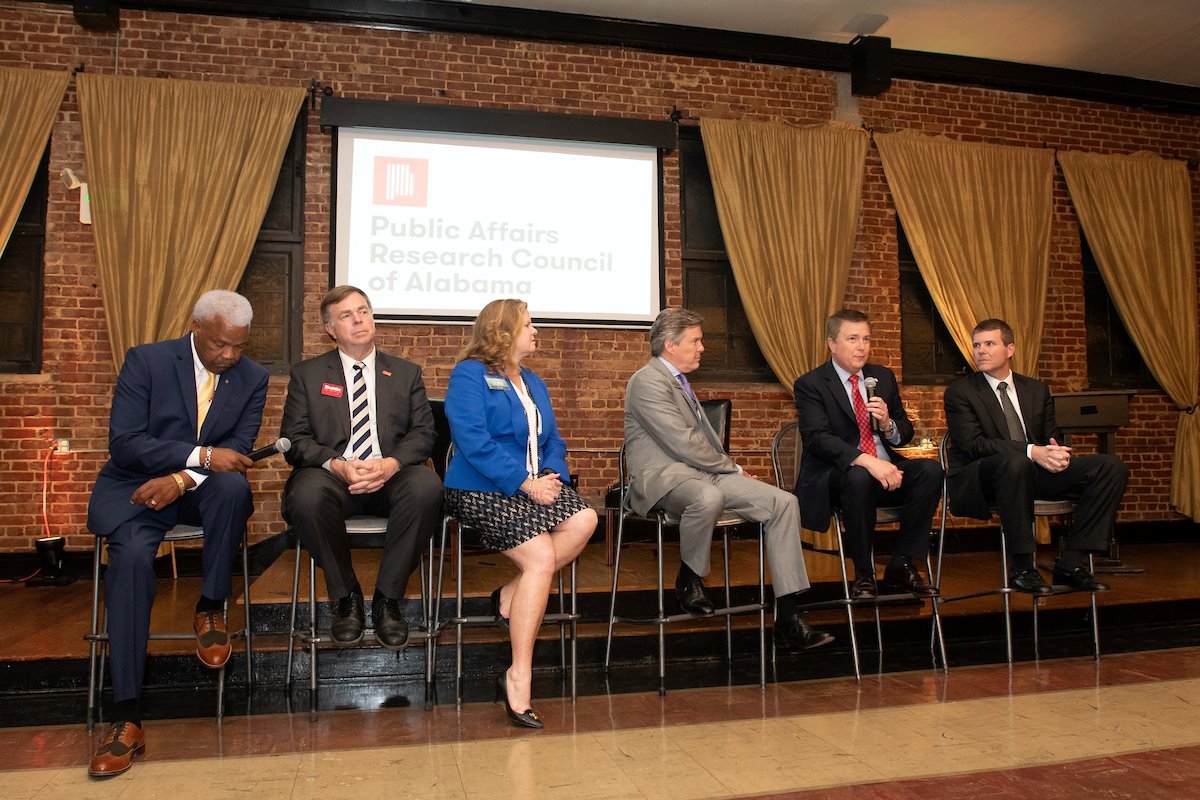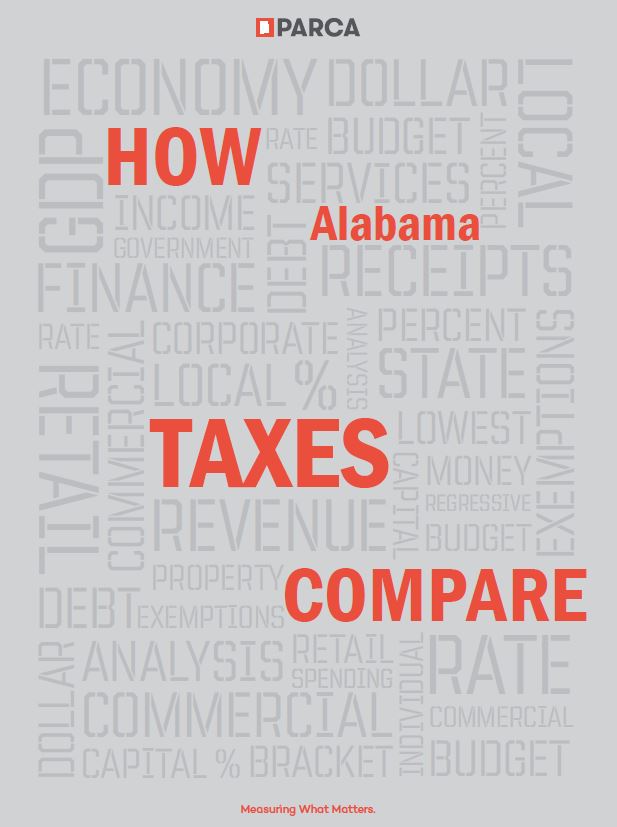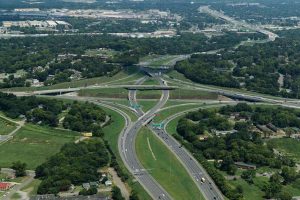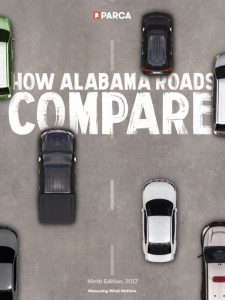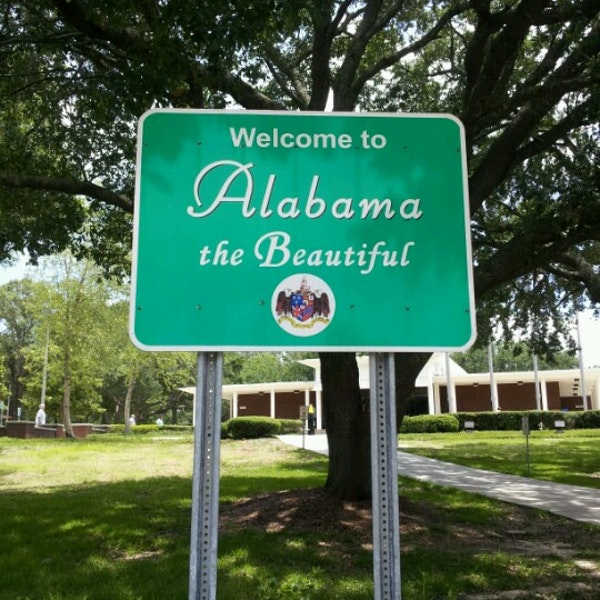
In late 2017, the Public Affairs Research Council of Alabama (PARCA) surveyed Alabama voters to determine their thoughts about the general direction of the state and the issues that most concern them. PARCA partnered with Samford University to survey policy professionals from across the state including academics, journalists, business and nonprofit leaders, and lobbyists. Their responses provided a list of 17 critical issues facing Alabama. PARCA partnered with USA Polling at the University of South Alabama to ask registered voters about these 17 issues. The voters’ responses generated the Top Ten list of voter priorities. Details about the survey and its methodology can be found in the full Alabama Priorities report at www.parcalabama.org
Alabama Priorities
| 1. K-12 Education |
| 2. Healthcare |
| 3. Government Corruption and Ethics |
| 4. Mental Health and Substance Abuse |
| 5. Poverty and Homelessness |
| 6. Jobs and the Economy |
| 7. Crime and Public Safety |
| 8. Job Training and Workforce Development |
| 9. Improving the State's Image |
| 10. Tax Reform |
Key Findings
Voters broadly agree on the critical issues facing the state.
Voters are not polarized along traditional political, ideological, racial, or generational lines. There is a significant gap between the priorities of experts and the priorities of voters.
Policymakers have an opportunity to inform and educate voters on critical and systemic challenges facing the state.
Policymakers have an opportunity to respond to immediate, often highly personal issues that concern voters.
Elected officials and candidates have an opportunity to show leadership and to build broad coalitions to address Alabama’s most pressing challenges.
In the following months, PARCA will produce summary briefs on each of the top ten priorities chosen by Alabama voters. Each brief will answer four critical questions: what is the issue, why it matters, how Alabama compares, and what options are available to Alabama policymakers.
#9: The State’s Image
What is the Issue?
The state’s image is the 9th most important issue for Alabama voters, with 57% of survey respondents indicating they are very concerned about improving the state’s image.
When examining the top ten priorities by population, the state’s image made the top ten for most groups. Interestingly, the issue ranked higher for older voters and for those with lower incomes and levels of education.
Some would say that Alabama’s image is well earned. Alabama ranks poorly compared to other states in many measures of corruption, education, health, income, and general well-being – issues that will be explored more fully in future briefs.
The State’s Image by Group – asterisks (*) indicates the issue did not rank in the top ten
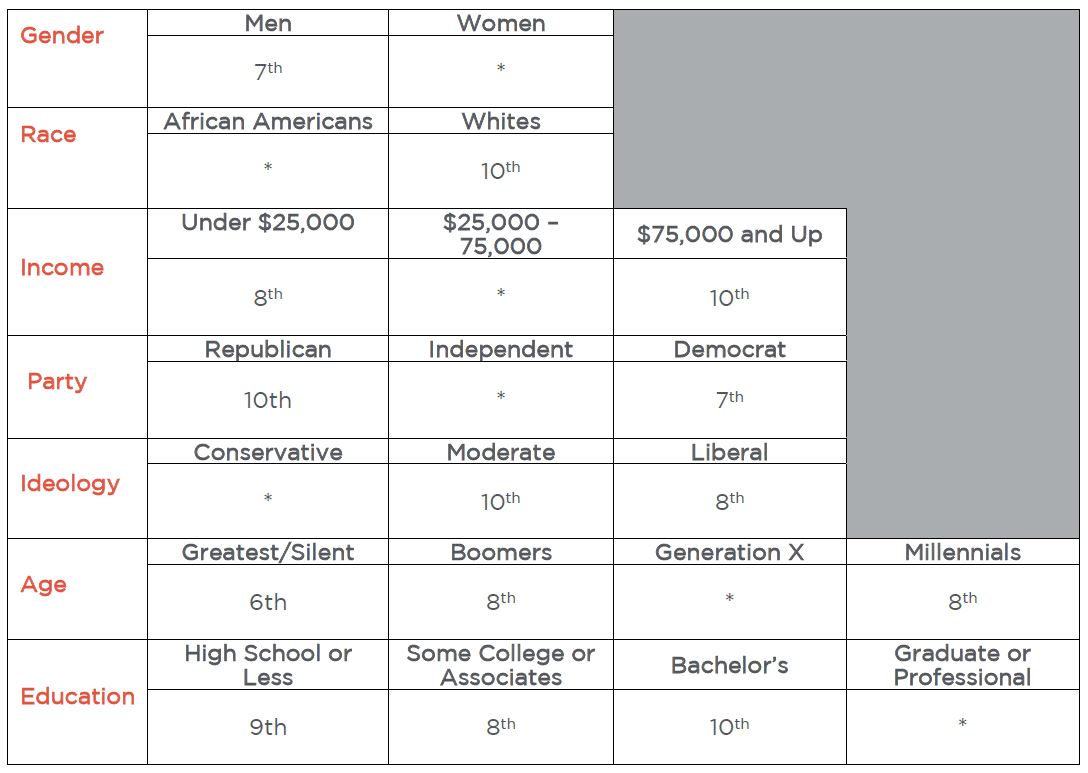
Alabamians are reminded of this fact frequently. Every few days there is a story in the media highlighting how Alabama compares to other states on some measure. A simple web search generates many such rankings – some concerning more substantive issues than others and some rankings compiled with more rigor than others. In just the last few weeks, Alabama has been ranked as:
- 42nd in child-well being[1]
- schools rank 42nd in the nation[2]
- #3 in speed-related deaths[3]
- #1 for fast-food restaurants per capita[4]
- 41st in places to start a business[5]
- 40th in children’s health[6]
- 49th in hiring people with disabilities[7]
Rankings such as these do not tell the whole story, but as has been said, perception is reality.
Why is the State’s Image Important?
Perception
Alabama, like other southern states, labors under stereotypical and outdated assumptions about the rural south: remote, uneducated, and uncivilized. This narrative continues to be nurtured in popular culture and, sometimes by the state and its people. Alabamians, however, and those that visit, know that these descriptions do not reflect the state.
Fairly or not, Alabama must contend with its reputation when attracting new industry and new investment to Alabama. At the same time, the state has been relatively successful on this front in recent years, suggesting that perceptions can be challenged.
Economic developers know that quality of life is fast becoming one of the most important factors businesses consider when choosing a new location. When recruiting a new industry or a new employee, business leaders in Alabama often say, ‘if we can get them to visit, we can get them to stay.’
Reality
At the same time, while some aspects of the state’s image might be misguided or stereotypical, other aspects are based in reality. On average, Alabama students do lag behind their peers in most states. On average, Alabamians are more unhealthy than residents in many other states. Alabama’s median income is in the bottom five in the country, and the state’s recovery from the Great Recession has been slower than many other states.
These are real issues affecting real people, every day – regardless of the state’s reputation.
As noted, the state’s image emerged as a higher priority for voters with lower levels of income and education. The issue also ranked higher for voters generally (9th) than for policy professionals (16th). This could be because policy professionals believe that the best way to change the state’s image is indirectly, by addressing the individual factors that create the image. They are not wrong.
However, that the issue ranks so highly for voters underscores the extent to which voters believe the state’s image affects them personally. We suggest that people with more resources – more education, skills, and income – are held less captive by the state’s reputation. They also have more ability to relocate to other parts of the state or to leave the state altogether to seek other opportunities. Conversely, those with fewer resources – less education, skills, and income – may be, or feel, stuck. In other words, their prospects and those of their families may be more intimately tied with those of the state, their county, and their town.
How Does Alabama Compare?
Rather than attempting to measure Alabama’s image compared to other states, we look at three indicators as proxies: job creation, economic growth, and population. These metrics do not constitute image – but we suggest that the same factors that drive these metrics also drive the larger concept of image.
Job Creation
According to the Alabama Department of Commerce, the state has added or announced 138,197 new jobs and $35.2 billion in investment between 2010 and 2017. This suggests Alabama is increasingly attractive to business. However, as with many issues, the distribution of new jobs is not equal. In 2017, 19 counties reported zero jobs from new industry and three counties reported no new jobs from industry expansion.
Economic Growth
The effects of job growth – and decreasing unemployment – are beginning to show in the state’s GDP. Alabama experienced 3.3% growth between 2016 and 2017, outpacing recent trends, but below its southeastern neighbors. For the period 2010 to 2017, Alabama’s compounded annual growth rate is estimated at 2.7%, lower than every other southern state except Mississippi and Louisiana – and far behind regional leaders Tennessee (4.6%), Georgia (4.3%), and South Carolina (4.2%).
Population
The state may be adding jobs and seeing a positive trend in GDP, but these trends are not correlating to population growth. The state’s image surely plays a large role in people’s decisions to move to, or remain in, Alabama – and in recent years, Alabama has struggled to compete with surrounding states.
Between 2010 and 2017, the population of southern states has grown an average of 5.6%. Florida leads the pack at 11.6%. More comparable to Alabama however, are South Carolina, North Carolina, and Georgia. These states have grown 8.6%, 7.7%, and 7.6% respectively.
Comparatively, in this same period, Alabama grew at 2.0%. This translates to a net population increase of 95,000 people in seven years – compared to an increase of 398,988 in South Carolina – a state that was approximately the same size as Alabama in 2010.
Moreover, the source of our population growth is telling. In the past seven years, Alabama has added population through natural growth (number of births minus number of death) and international migration. Alabama’s rate of international in-migration is much slower than most states, and its rate of domestic migration is lower than most other Southeastern states. Domestic migration – people moving from other states to Alabama – has accounted for a net increase of 1,153 people – less than 1% of the state’s population growth since 2010.
Alabama is adding jobs – but not people. Alabama did see a larger year-over-year population increase in 2017. Perhaps this is the beginning of a new trend.
What Can We Do?
What, then, does this suggest for policy makers?
We suggest that policy makers recognize and prioritize the issues that give rise to a negative reputation. They have a real and profound impact on real people’s lives. As Alabama finds and implements effective responses to education, healthcare, jobs and the economy, crime and more – the state’s image will improve. More importantly, the lives of Alabamians will improve.
At the same time, leaders have an opportunity to remind Alabamians, and a larger national and international audience, of a broader story.
Alabama is emerging as a leader in advanced manufacturing and enjoys a growing reputation in research and innovation, as well as arts, culture, and cuisine.
Successes such as these should be celebrated. At the same time, the state’s challenges should be addressed in a straightforward manner, with an inclusive, broad-based program for expanding opportunity for all.
For the PDF version of the State’s Image summary brief, click here.
1] http://www.gadsdentimes.com/news/20180729/alabama-ranks-42nd-in-child-well-being
[2] http://www.waaytv.com/content/news/New-study-Alabama–489500431.html
[3] http://www.waff.com/story/38728591/alabama-ranks-no-3-in-speed-related-deaths
[4] https://whnt.com/2018/07/03/alabama-ranks-number-one-for-the-most-fast-food-restaurants-per-capita/
[5] https://www.bizjournals.com/birmingham/news/2018/07/02/alabama-ranks-low-for-best-places-to-start-a.html
[6] https://www.bizjournals.com/birmingham/news/2018/04/26/alabama-ranks-near-bottom-for-childrens-health.html
[7] https://www.al.com/business/index.ssf/2018/03/alabama_ranks_49th_among_state.html



